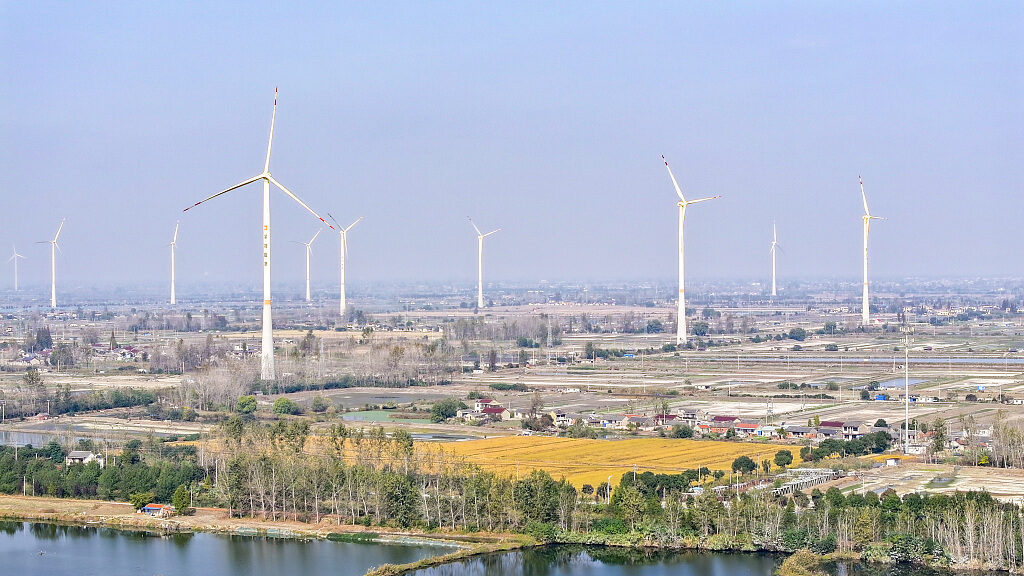China’s emissions set to fall in 2024 after record growth in clean energy
China’s emissions are set to start falling in 2024, years ahead of its 2030 official target, thanks to the record growth in the installation of new low carbon energy sources, according to official figures and commercial data analyzed by Carbon Brief.
While emissions have rebounded since Covid restrictions ended – emissions increased by 4.7 percent year-on-year in quarter three of 2023 – a host of other factors are set to see emissions fall dramatically next year.
Deployment of wind and solar power generation at record levels, coupled with a faster-than-expected uptake of electric vehicles is set to push down overall emissions despite a rebound in manufacturing.
China’s green ambitions
The growth of the renewable energy economy means more jobs and investment are linked to the success of China’s green transition, Carbon Brief reported.
Beijing and Washington today announced a joint target to triple global renewable energy capacity by 2030.
China has been the world’s largest and fastest-growing producer of renewable power for more than a decade, and its lead has widened with an acceleration of solar and wind power capacity in recent years.
The country will build as much new solar capacity this year as the total installed capacity in the U.S., according to the Centre for Research on Energy and Clean Air. Fossil fuels now make up less than half of China’s total installed capacity for power generation.
In 2020, China committed to have 1,200 GW of renewables capacity by 2030, but is on track to meet that goal five years early. China could also have as much as 1,000 GW of solar power alone by the end of 2026, analysts say, out of 11,000 GW needed globally to meet Paris Agreement targets by 2030.
Why is China’s renewable sector growing so fast?
China’s 2020 announcement that it would become carbon neutral by 2060 provided a powerful political signal favoring renewable investments.
Macroeconomic factors also played a role. A clampdown on excessive real estate lending since 2020 coincided with pandemic-era stimulus measures that helped drive more investment into renewables manufacturing, said Lauri Myllyvirta, lead analyst at the Centre for Research on Energy and Clean Air (CREA).
Manufacturing lending has continued to surge this year, particularly in the green and high-tech sectors.
Source CGTN



